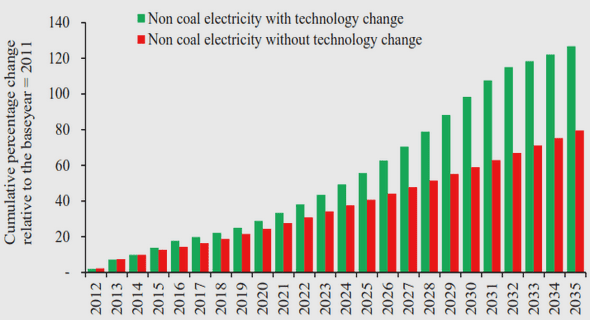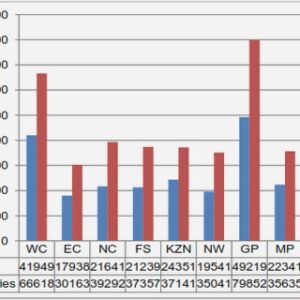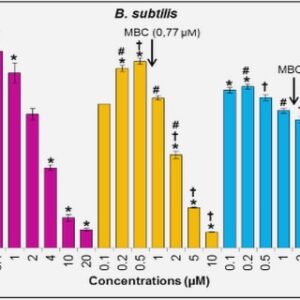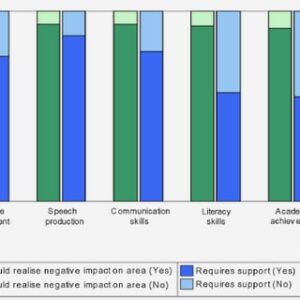(Downloads - 0)
For more info about our services contact : help@bestpfe.com
Table of contents
1 Introduction and outline
2 Revisiting the nite-size scaling above the upper critical dimension
2.1 Introduction
2.2 Scaling at continuous phase transitions
2.2.1 Thermodynamic and correlation functions
2.2.2 Scaling and critical exponents
2.2.3 Scaling relations
2.2.4 Fundamental theory of phase transitions
2.2.5 Finite-size scaling hypothesis
2.3 Widom’s scaling and eld theories
2.3.1 Widom’s scaling ansatz
2.3.2 Mean-eld theory
2.3.2.1 Ginzburg criterion
2.3.3 Landau and Ginzburg-Landau-Wilson 4 theory
2.4 Dangerous irrelevant variables
2.4.1 Finite-size scaling for Gaussian model
2.4.2 Finite-size scaling for 4 theory
2.4.2.1 Breakdown of renormalisation group and mean- eld theory
2.4.2.2 Breakdown of hyperscaling
2.4.2.3 Fisher’s scaling relation
2.4.2.4 Thermodynamic length
2.5 Q-nite-size scaling
2.5.1 The pseudocritical exponent
2.5.2 Mean eld and hyperscaling reconciliation
2.5.3 A new Fisher scaling relation
2.6 Conclusion
3 Numerical techniques for simulations
3.1 Introduction
3.2 Monte Carlo algorithms
3.2.1 Estimators and autocorrelation times
3.2.2 Metropolis algorithms
3.2.3 Cluster algorithms
3.2.3.1 Swendsen-Wang algorithm
3.2.3.2 Wol algorithm
3.2.4 Algorithms for long-range interactions
3.2.4.1 Luijten-Blote update: O(N logN)
3.2.4.2 Fukui-Todo update: O(N)
3.2.4.3 Fukui-Todo single-cluster update: O(N)
3.2.5 Introducing an external magnetic eld
3.3 Periodic boundaries for long-range interactions
3.4 Data analysis
3.4.1 Thermalisation and autocorrelation times
3.4.2 Error analysis
3.4.2.1 Binning analysis
3.4.2.2 Jackknife analysis
3.4.3 Reweighting method
3.4.3.1 Histogram reweighting method
3.4.3.2 Reweighting method for Fukui-Todo update
3.5 Conclusion
4 Analysis of Q-nite-size scaling for Ising models
4.1 Introduction
4.2 Periodic boundary conditions
4.2.1 The zero mode 0
4.2.2 RG equations and free energy density
4.2.3 Shifting, rounding and heat capacity scaling
4.2.4 Magnetization and susceptibility
4.2.5 Correlation function and correlation length
4.2.6 Non-zero modes
4.3 Free boundary conditions
4.3.1 Bulk denition for the SRIM and LRIM
4.3.2 Shifting, rounding and heat capacity scaling
4.3.3 Magnetization and susceptibility
4.3.4 Correlation function and correlation length
4.3.4.1 Fourier modes
4.4 The LRIM with external magnetic eld
4.4.1 Scaling
4.4.2 QFSS for PBCs and FBCs
4.4.3 Energy and heat capacity
4.4.4 Magnetization and susceptibility
4.5 Conclusion
5 Partition function zeros of the LRIM
5.1 Introduction
5.2 Fisher zeros
5.2.1 Numerical determination of Fisher zeros
5.2.2 Impact angles
5.3 Lee-Yang zeros
5.3.1 Numerical determination of Lee-Yang zeros
5.4 Conclusion
6 Logarithmic corrections for QFSS at the upper critical dimension for the Ising model with long-range interactions
6.1 Introduction
6.2 Logarithmic scaling corrections
6.3 Q-nite-size scaling
6.4 Relations for hatted critical exponents
6.5 Solution for the RG equations
6.6 Results for PBCs and FBCs
6.6.1 Magnetization and susceptibility
6.6.2 Correlation function and correlation length
6.6.3 Lee-Yang zeros
6.7 Conclusion
7 Discussion
A Walker’s method of Alias
B Ewald sum method
C Supplementary material
Bibliography



